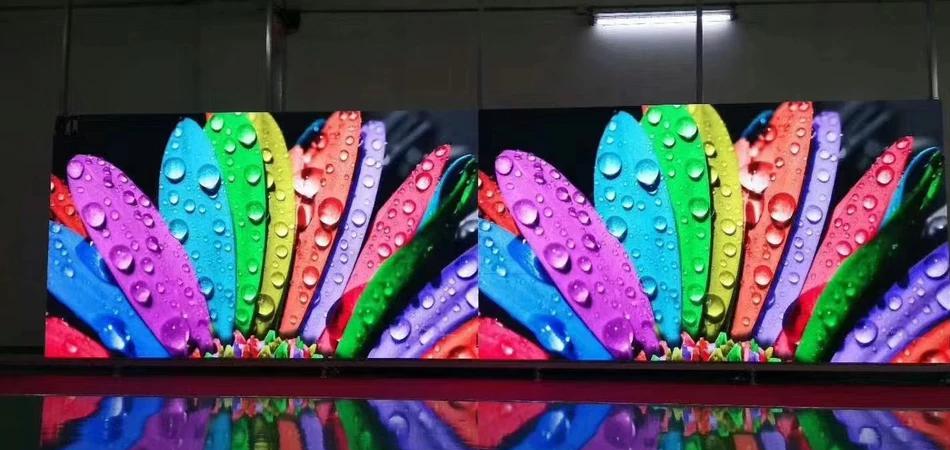Grayscale refers to an important concept used to represent the change of color brightness in image processing. Grayscale levels usually range from 0 to 255, where 0 represents black, 255 represents white, and the numbers in between represent different degrees of gray. The higher the grayscale value, the brighter the image; the lower the grayscale value, the darker the image.
Grayscale values are expressed as simple integers, allowing computers to quickly make judgments and adjustments when processing images. This numerical representation greatly simplifies the complexity of image processing and provides possibilities for diversified image representation.
Grayscale is mainly used in the processing of black and white images, but it also plays an important role in color images. The grayscale value of a color image is calculated by weighted average of the three color components of RGB (red, green, and blue). This weighted average usually uses three weights of 0.299, 0.587, and 0.114, corresponding to the three colors of red, green, and blue. This weighting method stems from the different sensitivity of the human eye to different colors, making the converted grayscale image more in line with the visual characteristics of the human eye.
Grayscale of LED display
LED display is a display device widely used in advertising, entertainment, transportation and other fields. Its display effect is directly related to the user experience and information transmission effect. In LED display, the concept of grayscale is particularly important because it directly affects the color performance and image quality of the display.
The grayscale of an LED display refers to the performance of a single LED pixel at different brightness levels. Different grayscale values correspond to different brightness levels. The higher the grayscale level, the richer the color and details that the display can show.
For example, an 8-bit grayscale system can provide 256 grayscale levels, while a 12-bit grayscale system can provide 4096 grayscale levels. Therefore, higher grayscale levels can make the LED display show smoother and more natural images.
In LED displays, the implementation of grayscale usually relies on PWM (pulse width modulation) technology. PWM controls the brightness of the LED by adjusting the ratio of the on and off time to achieve different grayscale levels. This method can not only accurately control the brightness, but also effectively reduce power consumption. Through PWM technology, LED displays can achieve rich grayscale changes while maintaining high brightness, thereby providing a more delicate image display effect.

Grayscale
Grade grayscale refers to the number of grayscale levels, that is, the number of different brightness levels that the display can display. The higher the grade grayscale, the richer the color performance of the display and the finer the image details. The level of grade grayscale directly affects the color saturation and contrast of the display, thereby affecting the overall display effect.
8-bit grayscale
The 8-bit grayscale system can provide 256 grayscale levels (2 to the 8th power), which is the most common grayscale level for LED displays. Although 256 grayscale levels can meet general display needs, in some high-end applications, 8-bit grayscale may not be delicate enough, especially when displaying high dynamic range (HDR) images.
10-bit grayscale
The 10-bit grayscale system can provide 1024 grayscale levels (2 to the 10th power), which is more delicate and has smoother color transitions than 8-bit grayscale. 10-bit grayscale systems are often used in some high-end display applications, such as medical imaging, professional photography, and video production.
12-bit grayscale
The 12-bit grayscale system can provide 4096 grayscale levels (2 to the 12th power), which is a very high grayscale level and can provide extremely delicate image performance. The 12-bit grayscale system is often used in some extremely demanding display applications, such as aerospace, military monitoring and other fields.

In LED display screens, the grayscale performance not only depends on hardware support, but also requires the cooperation of software algorithms. Through advanced image processing algorithms, the grayscale performance can be further optimized, so that the display screen can more accurately restore the real scene at a high grayscale level.
Conclusion
Grayscale is an important concept in image processing and display technology, and its application in LED display screens is particularly critical. Through the effective control and expression of grayscale, LED display screens can provide rich colors and delicate images, thereby enhancing the user's visual experience. In practical applications, the selection of different grayscale levels needs to be determined according to specific usage requirements and application scenarios to achieve the best display effect.
The grayscale implementation of LED display screens mainly relies on PWM technology, which controls the brightness of LEDs by adjusting the ratio of the switching time of the LEDs to achieve different grayscale levels. The level of grayscale directly affects the color performance and image quality of the display screen. From 8-bit grayscale to 12-bit grayscale, the application of different grayscale levels meets the display needs at different levels.
In general, the continuous development and progress of grayscale technology provides a broader application prospect for LED display screens. In the future, with the further improvement of image processing technology and the continuous optimization of hardware performance, the grayscale performance of LED display screens will be more outstanding, bringing users a more shocking visual experience. Therefore, when selecting and using LED display screens, a deep understanding and reasonable application of grayscale technology will be the key to improving the display effect.
Post time: Sep-09-2024







